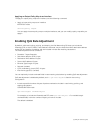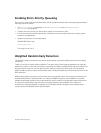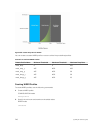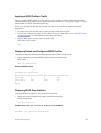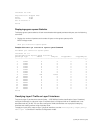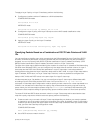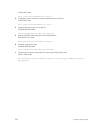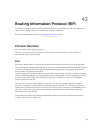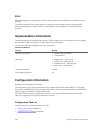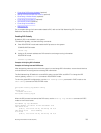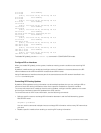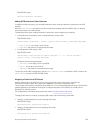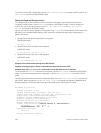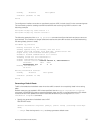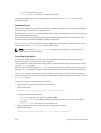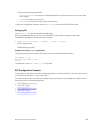
RIPv2
RIPv2 adds support for subnet fields in the RIP routing updates, thus qualifying it as a classless routing
protocol.
The RIPv2 message format includes entries for route tags, subnet masks, and next hop addresses.
Another enhancement included in RIPv2 is multicasting for route updates on IP multicast address
224.0.0.9.
Implementation Information
The Dell Networking OS supports both versions of RIP and allows you to configure one version globally
and the other version on interfaces or both versions on the interfaces.
The following table lists the defaults for RIP in the system.
Table 53. RIP Defaults
Feature Default
Interfaces running RIP
• Listen to RIPv1 and RIPv2
• Transmit RIPv1
RIP timers
• update timer = 30 seconds
• invalid timer = 180 seconds
• holddown timer = 180 seconds
• flush timer = 240 seconds
Auto summarization Enabled
ECMP paths supported 16
Configuration Information
By default, RIP is disabled in the system.
To configure RIP, you must use commands in two modes: ROUTER RIP and INTERFACE. Commands
executed in the ROUTER RIP mode configure RIP globally, while commands executed in the INTERFACE
mode configure RIP features on that interface only.
RIP is best suited for small, homogeneous networks. You must configure all devices within the RIP
network to support RIP if they are to participate in the RIP.
Configuration Task List
The following is the configuration task list for RIP.
• Enabling RIP Globally (mandatory)
• Configure RIP on Interfaces (optional)
752
Routing Information Protocol (RIP)



